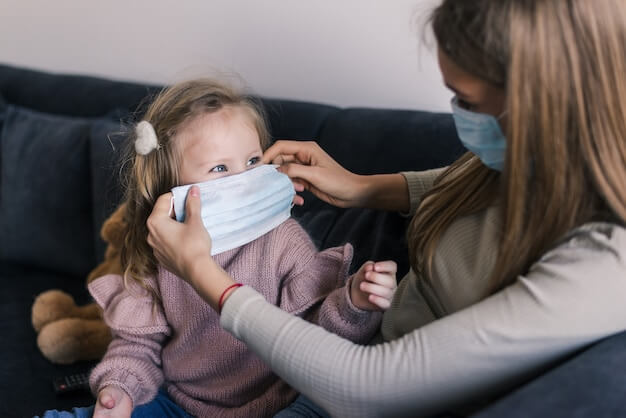Disease
Can People With HIV Have Healthy Babies Too?
It is not that easy to get infected with AIDS, so it is important to understand AIDS scientifically and not to discriminate against people with AIDS around you, every life deserves to be respected.

AIDS is not that easy to catch, so scientific understanding of AIDS, do not discriminate against those around you, every life deserves to be respected, care for people with AIDS, let us work together.
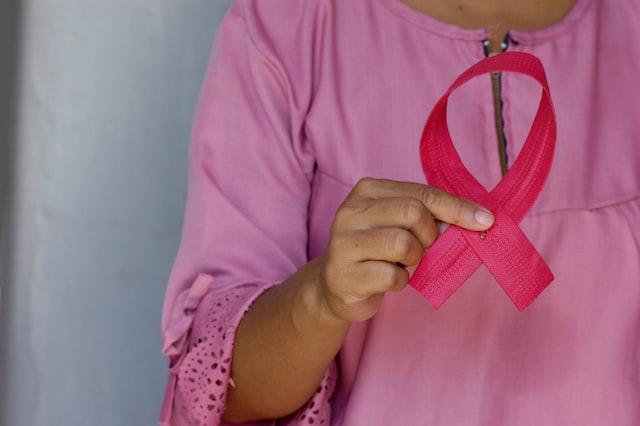
The recent release of a study on gene-edited babies immune to HIV has caused an uproar in the academic world, with lay people watching experts pulling the strings and lamenting how difficult it is to have a "perfect" baby ......
With HIV so scary, what are the chances of a baby getting it?
According to statistics, 600,000 cases of HIV infection occur in young people under the age of 15 each year worldwide, and about 90% of these children are infected through mother-to-child transmission.
What is mother-to-child transmission?
Mother-to-child transmission, also known as vertical transmission, is when a fetus is infected with the same disease as its mother through the intrauterine, birth canal or breastfeeding route. This means that a mother with HIV can transmit HIV to her baby through the mother-to-child transmission route.
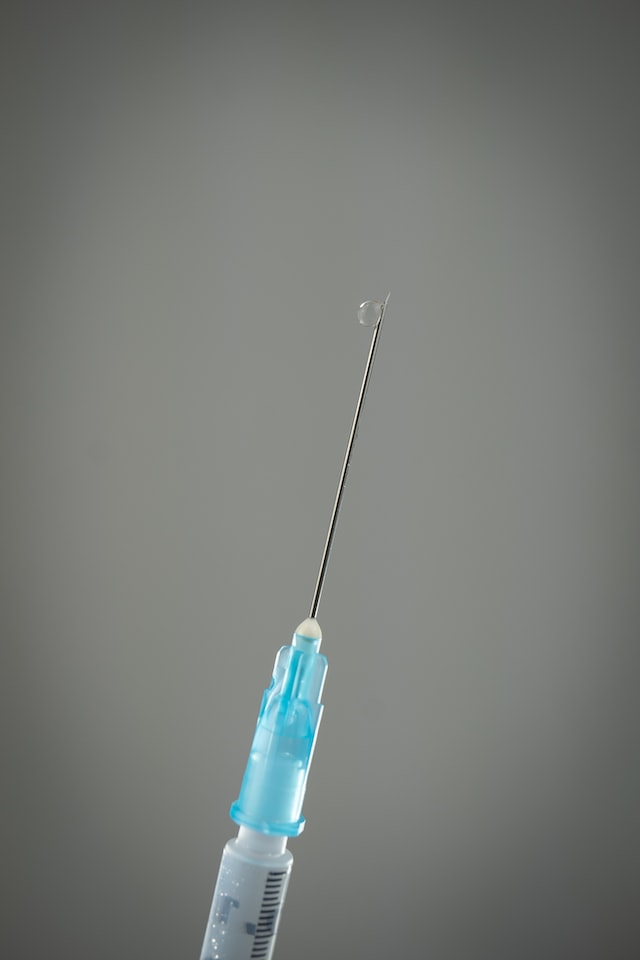
How HIV is transmitted from mother to baby
Intrauterine infection
A pregnant woman can transmit HIV to her baby through the placenta, but this is a very low rate of infection.
Infection in the birth canal
HIV can be transmitted to the foetus through the exchange of body fluids between the foetus and the mother during delivery.
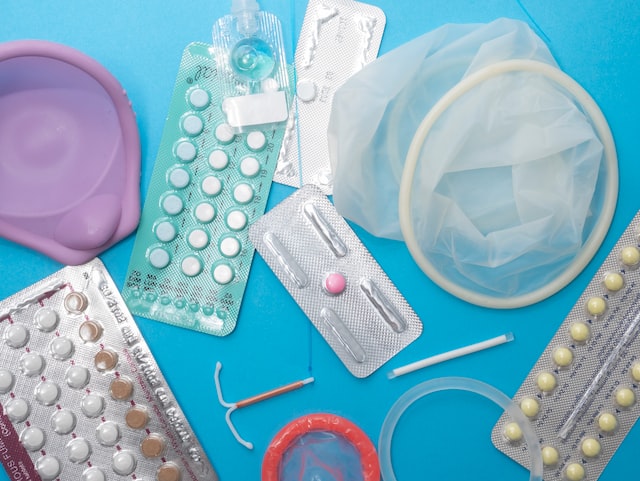
Breastfeeding infection
HIV can also be transmitted to a baby after birth by the mother through breastfeeding.
So do mothers with HIV have no chance of having a healthy baby of their own?
Of course not, every woman has the right to be a mother.
This is why it is so important to stop mother-to-child transmission of HIV.
What is MTCT?
MTCT is a medical treatment that minimises the chance of mother-to-child transmission of HIV through antiretroviral treatment, safe delivery and artificial feeding of HIV-infected pregnant women.
Antiviral treatment
Pregnant women are screened for HIV and if they are found to be HIV positive, they should be put on antiretroviral treatment to minimise their viral load.
Safe delivery
Pregnant women with HIV with a viral load greater than 1000 cp/ml and not on ART are advised to have a caesarean section to avoid possible mother-to-child fluid exchange during labour, but natural delivery is also an option as long as the viral load is kept below 400 cp/ml.
Artificial feeding
Breastfeeding is also an important route of HIV transmission, so HIV-positive women should not breastfeed their babies and need to feed them artificially instead.
Is mother-to-child interruption effective?
Between 2005 and 2009, researchers conducted a study on mother-to-child interruption in HIV-positive groups and only two of the 193 babies born tested HIV-positive.
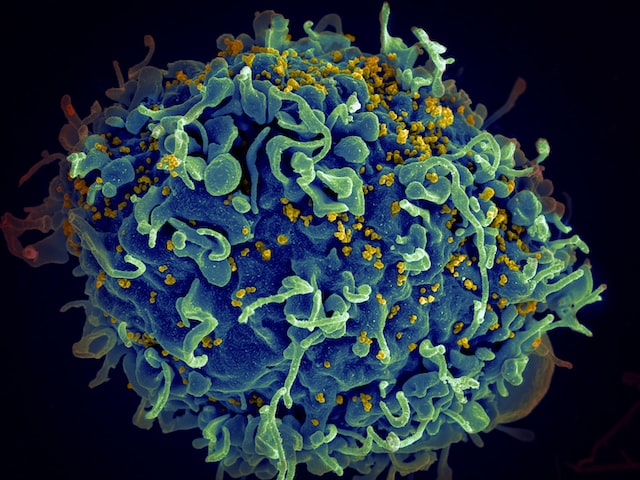
The data shows that the probability of mother-to-child transmission of HIV is around 30-40% and that mother-to-child transmission can be reduced to 2%-5% with MTCT. Therefore, mother-to-child blockade treatment is very effective.
It has been 37 years since the discovery of AIDS in 1981. In these 37 years, the disease has gone from being unknown in the first place, to being given a discriminatory emotional tone, to the establishment of AIDS Day. Everything has been rolling like a wheel ......

With the advent of medicine, AIDS has been effectively controlled, but how significant is the experiment of editing genes (with unknown side effects) to achieve immunity from AIDS? This still seems rather crazy at the moment.
-
![]()
![]() DiseaseAug 02, 2025
DiseaseAug 02, 2025What should we know to prevent Hashimoto's thyroiditis?
-
![]()
![]() DiseaseAug 01, 2025
DiseaseAug 01, 2025What Are The Causes Of Nasopharyngeal Carcinoma? What Are The Treatment Options For Nasopharyngeal Carcinoma?
-
![]()
![]() DiseaseJul 31, 2025
DiseaseJul 31, 2025Frequent allergy in spring? Uncover the mystery of "allergy"!
-
![]()
![]() DiseaseJul 30, 2025
DiseaseJul 30, 2025Can People With HIV Have Healthy Babies Too?
-
![]()
![]() DiseaseJul 29, 2025
DiseaseJul 29, 20254 symptoms are precursors of retinal detachment, don't be careless


